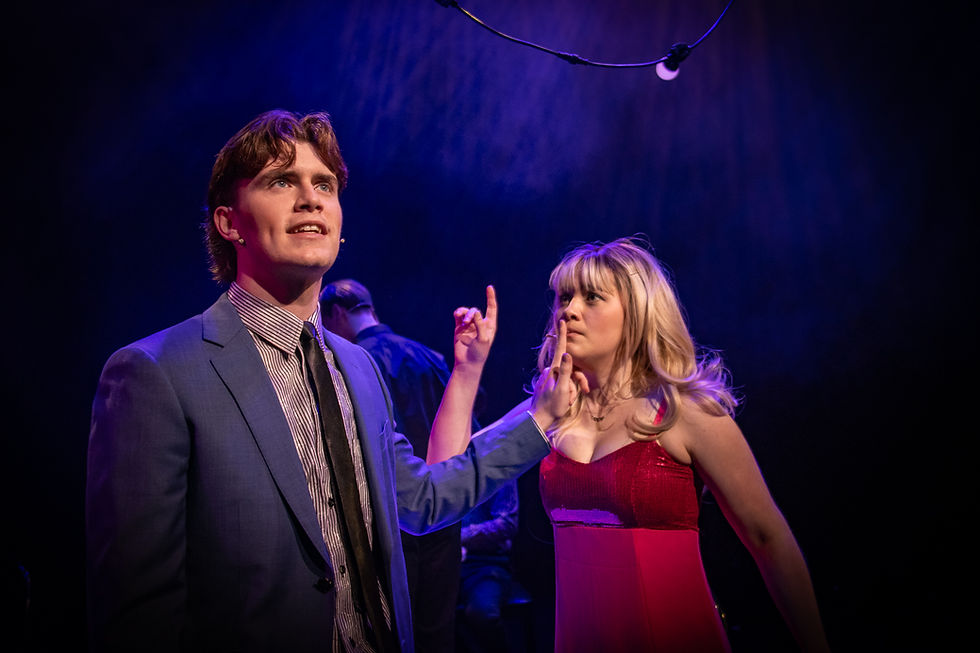zactrack studio test at the ORF (Austrian broadcasting) center in Vienna
- Christoph Frank

- Oct 22, 2007
- 1 min read
Updated: Sep 1
Test run on the set of the 2007 Grand Prix of Folk Music.
TV studios are the ideal location for zactrack technology. In addition to the alignment of mobile spotlights, other devices like media server or cameras can be operated as well. In a large-scale test run, at the Z1 studio of the ORF center in Vienna, the efficiency and versatility of the zactrack system has been proven once again.

Following an invitation by the head of the studio, Karl Nöbauer and the lighting technician, Norbert Wolfsberger, the system was integrated into the set of the 2007 Grand Prix of Folk Music. It took control of a variety of 22 selected moving heads (PML-MK2, VL5, VL2500). The connection to the lighting control desk (Wholehog II) was realised in such a way that zactrack only controlled the motion- and effect-data. The rest of the lighting atmosphere was operated from the lighting console.
The receivers for 3D wireless tracking were hung from the ceiling next to the spotlights. In spite of a large number of studio electronics in the smallest possible space, the lighting, sound and camera equipment could be used simultaneously without interfering with one another.
The presentation's main focus was on the dynamic multi-fixture-effects. Multiple spotlights were combined in a mobile compound pattern and could therefore be operated as if they were one spotlight, e.g. several spotlights circle around the protagonist like planets, while he or she moves. These kind of dynamic effects are a complete world novelty and were first made possible by the elaborated 3D mathematics of zactrack.








